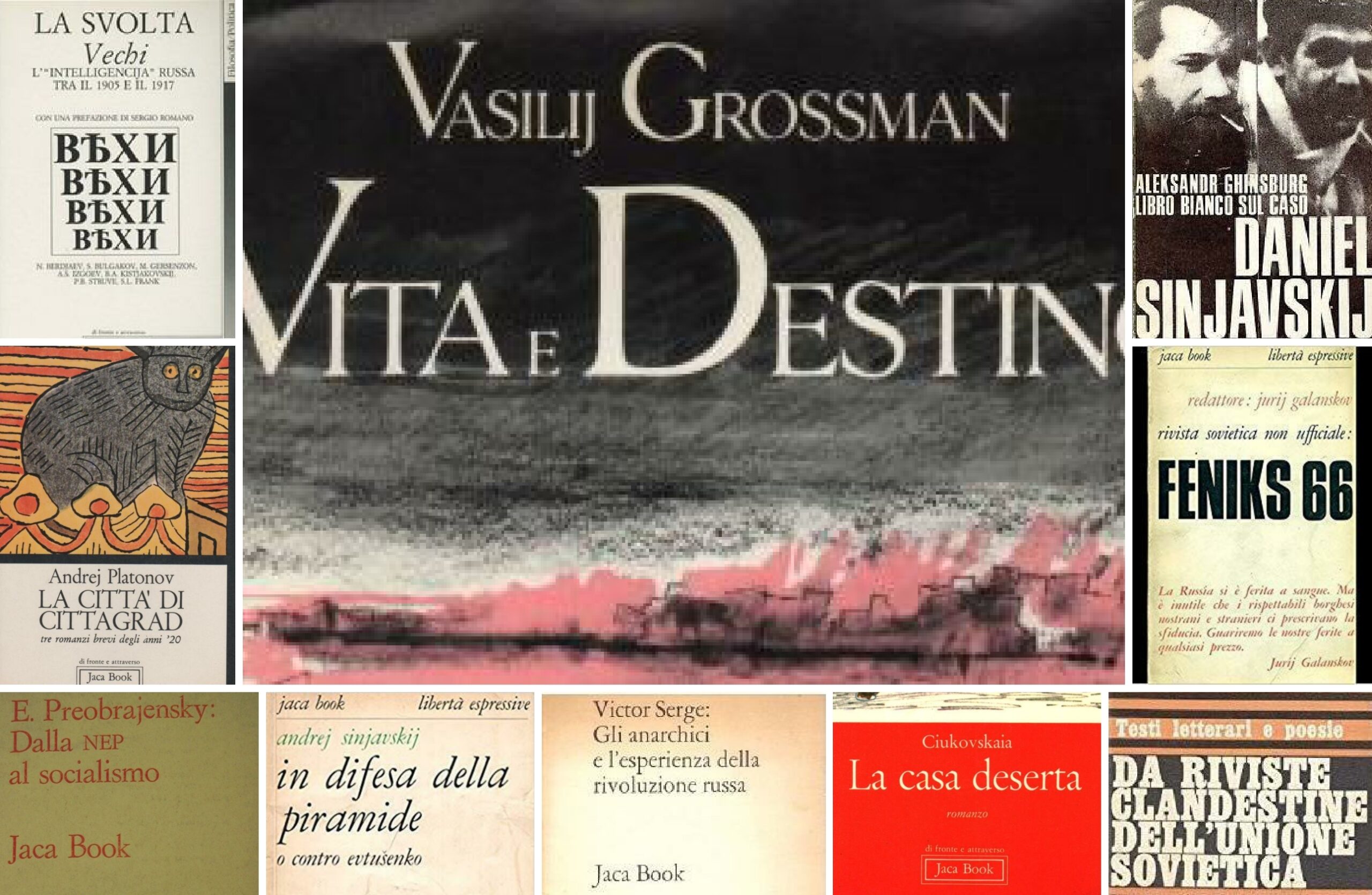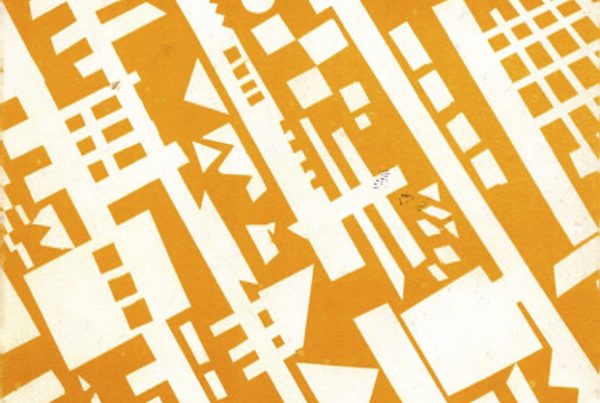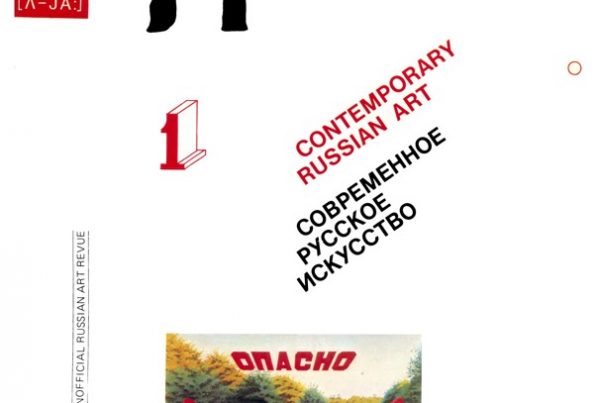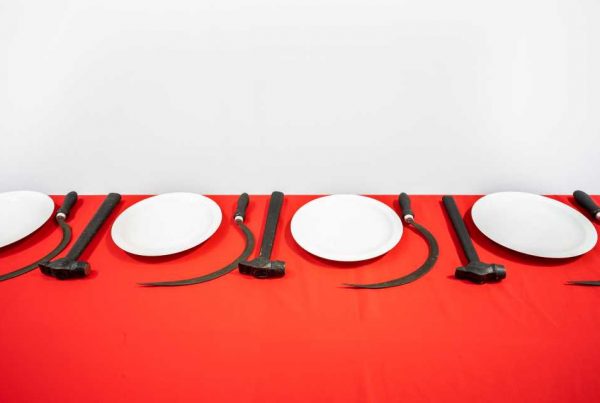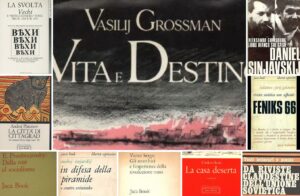
Covers. Source: Culture del dissenso.
Dates: 1965–present
Place: Milan
Series: Archivi per la Russia e per l’Europa Orientale, Di fronte e attraverso, Già e non ancora, Le transizioni socialiste e libertarie, Libertà espressive. Europa Orientale, Parola dell’umana avventura, Saggi, Saggi bianchi, Spazio oltre
Description:
Jaca Book publishing house was created by a group of university students with a shared “experience of Christian community” (Editorial biography 1974: 6), which included Sante Bagnoli, Maretta Campi, Laura Geronazzo and Paolo Mangini. From the beginning it was closely connected to the Catholic church through the figure of don Luigi Giussani and the Charles Péguy Cultural Centre, founded in Milan in 1964 with the aim of “presenting the Christian message objectively in cultural contexts” (Bongiolatti 2017: 17). Its founders recall that its name was chosen “the day before we went to register the company with the notary with the aim of avoiding anything already taken” (Editorial autobiography 1974: 5) and to distinguish the publishing house from the approach of other publishers. They chose Jaca, “a species of bread tree” (Editorial autobiography 1974: 5), and added the English “book” to underline their desire to work internationally (Editorial autobiography 1974: 5), in particular with writers beyond the Iron Curtain.
In 1966 Jaca Book showed its solidarity with Russian authors by publishing Testi letterari e poesie da riviste clandestine dell’URSS (Literary Texts and Poetry from Clandestine Magazines in the USSR), an anthology of literary works originally published in the samizdat periodicals, “Feniks 66”, Sintaksis and Sfinksy. The collection, edited by Jean Ibsen (pseudonym for Giovanni Bensi) in collaboration with Nicola Sorin (pseudonym for Sergio Rapetti), translator of other Russian works for Jaca Book, presented a series of poetic works by young Soviet poets, including Iurii Pankratov, Aleksandr Urusov and other members of the SMOG group characterised by a desire to experiment with symbols and phonetics. From the beginning Jaca Book’s commitment to disseminating voices of dissent from clandestine magazines was clear; the first Italian translation of “Feniks 66” appeared in 1968 (albeit in an abridged version) and in 1979 the collection La primavera di Mosca: le riviste dattiloscritte sovietiche degli anni ’60: prosa, poesia, impegno civile agli inizi del dissenso (The Moscow Spring: typewritten Soviet magazines from the 1960s: prose, poetry and social engagement at the beginning of dissent). Non-official writers such as Andrei Siniavskii, Aleksandr Solzhenitsyn, Andrei Platonov and Vasilii Grossman were also published. In the 1960s, Jaca Book published In difesa della piramide o contro Evtusenko (In Defence of the Pyramid or Against Evtushenko (1967), Pensieri improvvisi (Sudden Thoughts) (1967) and Libro bianco (White Book) (1967) – the first two translated by Alberto Pescetto and the third by Sorin-Rapetti – as well as Tra autoritarismo e sfruttamento. Interventi di A. I. Solzhenitsyn (Between Authoritarianism and Exploitation. Speeches by A.I. Solzhenitsyn (1968), again translated by Rapetti and subsequently revised and updated in 1979. In 1980 Rapetti and Igor Sibaldi published the only available censored version of Andrei Platonov’s short novels, Grad Gorodov, Ėpifanskie shliuzi, Sokrovennyi chelovek, and four years later, Vita e destino (Life and Fate) appeared by Grossman, translated for the first time into Italian by Cristina Bongiorno (from an incomplete original, the only version in circulation at the time).
In the following decade, Jaca Book continued to publish Soviet writers: in 1971 alone eight Russian books were published which included literature (reprints of Siniavskii and Solzhenitsyn), philosophy (the first translations of Vladimir Solov’ëv, Nikolai Berdiaev and Semën Frank, as well as La creatività: a partire da Berdjaev, Creativity: since Berdjaev, by Adriano Dell’Asta), samizdat works on religion (Terra nuova sotto la stella rossa: undici documenti del samizdat religioso, New Land Under the Red Star: Eleven Documents from the Religious Samizdat, edited by the Centro Studi Russia Cristiana, Centre for Russian Religious Studies) and political, economic and social commentary (Evgenii Preobrazhenskii, Nikolai Bukharin and Aleksandr Zinov’ev), with an emphasis on neoplatonic and essentialist philosophy and the economic vision of the so called opposition of the Left.
There were also studies and monographies dedicated to works voicing opposition to Leninism and Stalinism written by Italian and European (particularly French) intellectuals with extensive knowledge of the Soviet Union. Among the most important were Mjasnikov e la rivoluzione russa (Miasnikov and the Russian Revolution) (1973) by the historian Roberto Sinigaglia, Comunità e comunismo in Russia (Community and Communism in Russia) (1974) by the writer and activist Jacques Camatte, A Mosca al tempo di Lenin (To Moscow at the Time of Lenin) (1975) by the trades unionist Alfred Rosmer and Gli anarchici e l’esperienza della rivoluzione russa (The Anarchists and the Experience of the Russian Revolution) by Victor Serge (pseudonym of Viktor L’vovich Kibal’chich), son of Russian exiles, published in 1969 as the first work in a catalogue of titles on Soviet history, in particular on the history of anarchism and anti-Stalinism.
Jaca Book also published works on the history and the role of the church in Russia and the Soviet Union, reflecting the publisher’s association with don Giussani who wrote for them in the early years and promoted publications such as Stato e Chiesa nell’Unione Sovietica (State and Church in the Soviet Union), 1972, by Giovanni Codevilla and La storia della Chiesa russa nei primi anni della rivoluzione (A History of the Russian Church in the First Years after the Revolution), 1974, by Johannes Chrysostomus.
With the collapse of the USSR in 1991, Jaca Book released La critica al marxismo in Russia agli inizi del secolo (Criticism of Marxism in Russia at the Beginning of the Century), the only book on Russia of that year, edited by Vittorio Strada and written by Strada, Dell’Asta, Gaidenko, Renata Gal’tseva, Michail Geller, Pietro Modesto, Irina Rodnianskaia and Domenico Settembrini. The authors focus, above all, on the experience of the Vekhi (Landmarks) (Settembrini examines the contribution of Michail Tugan-Baranovskii to Marxism).
The editorial line of Jaca Book from the 1960s to the early 1990s gave voice to an alternative culture, separate from and often in opposition to official Soviet culture. The publishers participated in the processes of reflection and debate on totalitarian regimes, censorship, freedom of the press and expression, offering a point of view founded in Catholicism that stood apart from political ideologies.
Giuseppina Larocca
[30th June 2021]
Translation by Tammy Corkish
Download the Jaca Book catalogue on Dissent (1966-1991)
Bibliography
- Autobiografia di un lavoro editoriale: Jaca book. Catalogo gennaio ’75, Cooperativa edizioni Jaca Book, Milano 1974.
- Bongiolatti P., Tra rinnovamento e contestazione, approcci culturali al post-Concilio. Il Centro Culturale Charles Péguy e la casa editrice Jaca Book, Tesi di dottorato, Università Cattolica, Milano 2017.
- Guida per argomenti a trent’anni di pubblicazioni, Jaca Book, Milano 1995.
- Romanato G., Molinari F., Cultura cattolica in Italia: ieri e oggi, Marietti, Torino 1980.
To cite this article:
Giuseppina Larocca, Jaca Book, in Voci libere in URSS. Letteratura, pensiero, arti indipendenti in Unione Sovietica e gli echi in Occidente (1953-1991), a cura di C. Pieralli, M. Sabbatini, Firenze University Press, Firenze 2021-, <vocilibereurss.fupress.net>.
eISBN 978-88-5518-463-2
© 2021 Author(s)
Content license: CC BY 4.0
